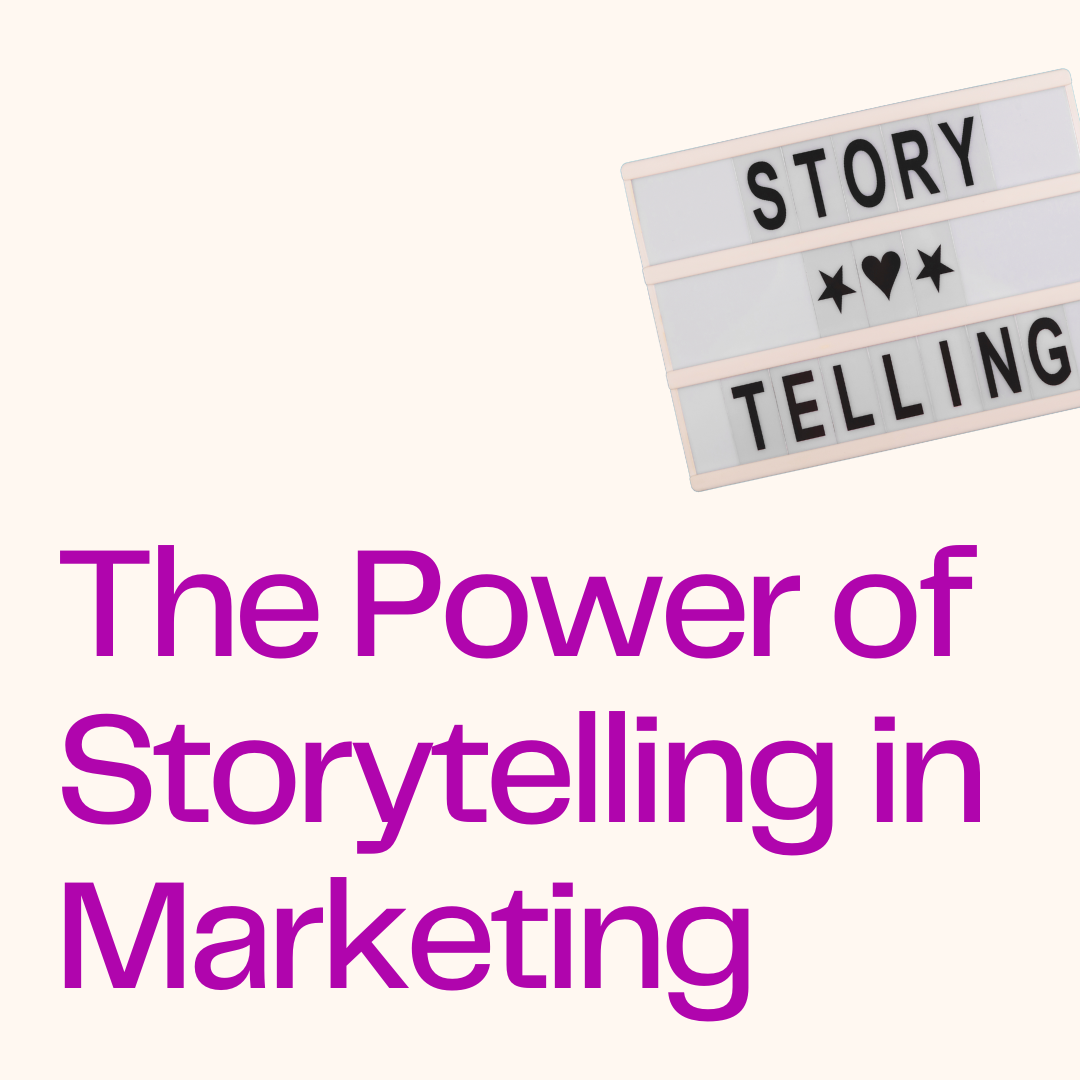Advertisements and marketing messages are everywhere you look. It’s storytelling that truly resonates with consumers. Effective storytelling not only captures attention but also forges emotional connections that inspire action.


By tapping into the brain’s natural inclination to engage with narratives, brands can transform their marketing strategies and foster loyalty. In this post, we’ll explore why storytelling works, introduce a simple framework for crafting compelling narratives, and showcase brands that have successfully used storytelling to drive engagement.
Why Storytelling Works
1. Brain Science Behind Storytelling
Storytelling activates multiple areas of the brain, enhancing information retention and emotional response. Here’s how:
- Emotional Engagement: Stories trigger the release of oxytocin, a hormone associated with empathy and bonding, making audiences more receptive to the message.
- Memory Retention: Narratives help organize information in a way that is easier to remember, allowing key messages to stick with the audience long after they’ve engaged.
Example: Research shows that people are 22 times more likely to remember a story than a fact alone, highlighting the power of narratives in communication.
2. Emotional Connection
At the heart of storytelling is its ability to create an emotional connection. When brands tell relatable stories, they engage audiences on a deeper level, fostering loyalty and trust.
- Authenticity: Genuine stories reflect a brand’s values and mission, making them more relatable and trustworthy.
- Shared Experiences: By tapping into universal themes like love, struggle, and triumph, brands can resonate with diverse audiences.
A Simple Storytelling Framework
To craft compelling marketing narratives, consider the following storytelling framework:
1. The Hero
Every story needs a hero, whether it’s a customer, employee, or the brand itself. This character should be relatable and embody the audience’s aspirations or challenges.
2. The Conflict
Introduce a conflict or challenge that the hero faces. This creates tension and engages the audience, as they become invested in the outcome.
3. The Resolution
Conclude the story with a resolution that showcases how the hero overcomes the conflict, ideally with the help of the brand’s product or service. This reinforces the brand’s value proposition.
Example: Dove’s Real Beauty campaign features real women sharing their stories about body image struggles, presenting Dove as a brand that champions authenticity and self-acceptance.
Case Studies of Brands Using Storytelling
- Nike: Through its “Just Do It” campaigns, Nike uses storytelling to highlight athletes’ journeys, struggles, and triumphs, inspiring consumers to overcome their own challenges and pursue their dreams.
- Airbnb: The brand showcases stories of hosts and guests, illustrating the connections formed through shared experiences. Their “Belong Anywhere” campaign emphasizes community and inclusivity, creating an emotional bond with audiences.
- Google: The “Year in Search” campaign tells the stories of what people searched for throughout the year, reflecting the collective hopes and challenges of society. This not only highlights the brand’s relevance but also fosters a sense of community.
Actionable Takeaways
- Define Your Hero: Identify who your story is about and ensure they are relatable to your audience.
- Create Conflict: Introduce challenges that your audience can relate to, making them invested in the narrative.
- Focus on Resolution: Showcase how your brand can help resolve the conflict, reinforcing your value proposition while connecting emotionally.
Conclusion with a Recap
Storytelling is a powerful tool in marketing that can help brands connect with their audiences on an emotional level. By understanding the brain science behind storytelling and utilizing a simple framework, you can craft compelling narratives that resonate, drive engagement, and foster lasting loyalty. Remember, the stories you tell can make people care, so choose them wisely.
